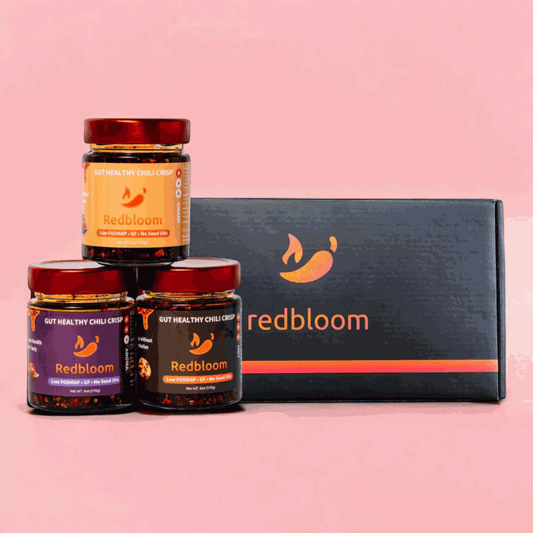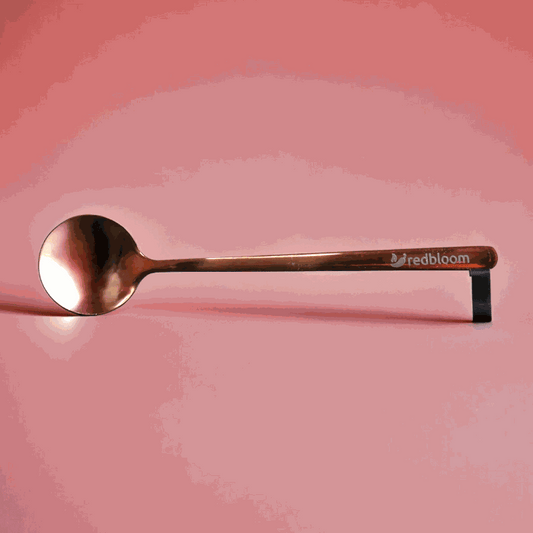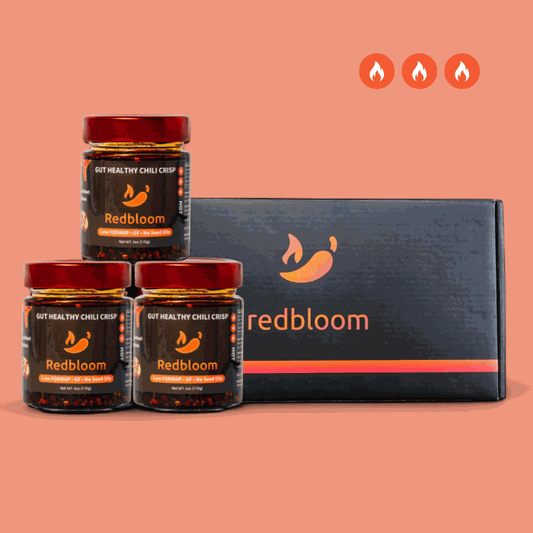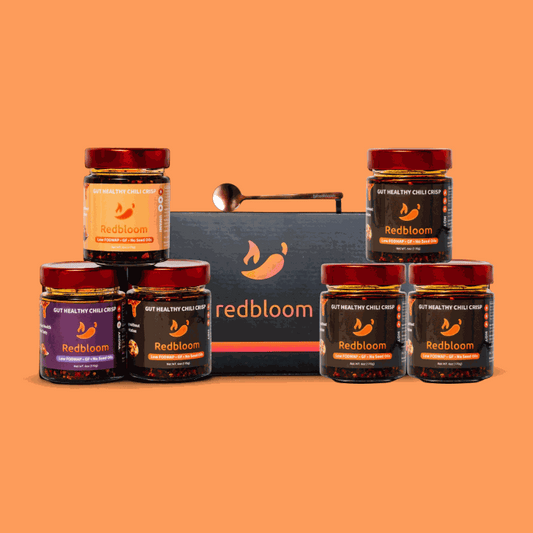Introduction
The Debate Around Seed Oils
Seed oils—love them or hate them? In the world of nutrition, these oils are as polarizing as pineapple on pizza. The internet is flooded with debates around their health impacts, but hey, let's spice up this topic with some cold, hard facts.
The Aim of this Article
We're going to debunk the popular, yet misleading, social media talks that claim seed oils are the bad guys. Instead, we'll focus on the real culprit: an imbalanced omega-6:3 ratio in our diets.
What Are Seed Oils?
Definition and Types
So, what exactly are these controversial oils? Seed oils come from oil-rich seeds like sunflower, canola, soybean, and many others.
Nutritional Content
They mainly contain unsaturated fats—both monounsaturated and polyunsaturated, with a smidgen of saturated fats. But are all fats created equal? Nope!
The Omegas: Understanding Fatty Acids
Omega-3 Fatty Acids
Omega-3s are the goody-two-shoes of the fatty acid world, essential for various bodily functions and generally found in fish and some plant sources.
Omega-6 Fatty Acids
Then comes omega-6, the Jan Brady to Omega-3's Marcia. These are also essential but tend to hog the limelight in the American diet.
The Ideal Omega-6:3 Ratio
Ideally, we should aim for a 4:1 ratio of omega-6 to omega-3. However, due to the processed foods that most Americans consume, the ratio skyrockets to an unhealthy 20:1.
Why Seed Oils Get a Bad Rap
Myth 1: They Cause Inflammation
Contrary to popular belief, linoleic acid, a common omega-6 fat in seed oils, doesn't cause chronic inflammation. It's involved in acute inflammation, which is actually beneficial for the body.
Myth 2: All Are Unhealthy
Some seed oils are healthier than others. It's not about demonizing the entire group, but knowing which ones to use and when.
Good Seed Oils Vs. Bad Seed Oils
Monounsaturated Vs. Polyunsaturated Fats
Certain seed oils like canola and safflower oils have more monounsaturated fats, making them a better choice for cooking.
Best Seed Oils for Different Uses
For sautéing and stir-frying, canola, grapeseed, and soybean oil do the job quite well. But for baking? Extra virgin olive oil steals the show.
The Impact of Industrial Processing
Hydrogenation Process
Processed seed oils go through hydrogenation, which makes them more shelf-stable but can lead to trans fats. Luckily, the FDA has banned this practice.
Stability and Shelf Life
Store your oils well! Light and heat can turn them rancid, affecting their nutritional profile.
Health Benefits of Seed Oils
Cardiovascular Health
Research shows that linoleic acid is linked to a reduced risk of heart disease. So yes, seed oils can be heart-healthy.
Diabetes Control
Consuming seed oils in moderation can actually improve blood sugar levels and insulin sensitivity.
Debunking Common Misconceptions
Linoleic Acid and Inflammation
Linoleic acid does not contribute to chronic inflammation; instead, it aids in resolving acute inflammation as part of the healing process.
Omega-6 and Heart Diseases
Contrary to the belief that omega-6 causes heart diseases, a balanced consumption actually benefits your heart.
The Problem with the American Diet
Excessive Omega-6
The real issue is the disproportionate intake of omega-6, thanks to processed foods rich in bad-quality seed oils.
Lack of Whole Foods
A diet lacking in whole foods and leaning towards processed ones is often the root cause of health issues, not seed oils per se.
What Should You Do?
Balancing Your Omega-6:3 Ratio
Switch to a diet rich in omega-3s. Opt for fish, walnuts, and flaxseeds, for example.
Tips for a Healthier Diet
Consume whole foods and be cautious with the type of seed oils





